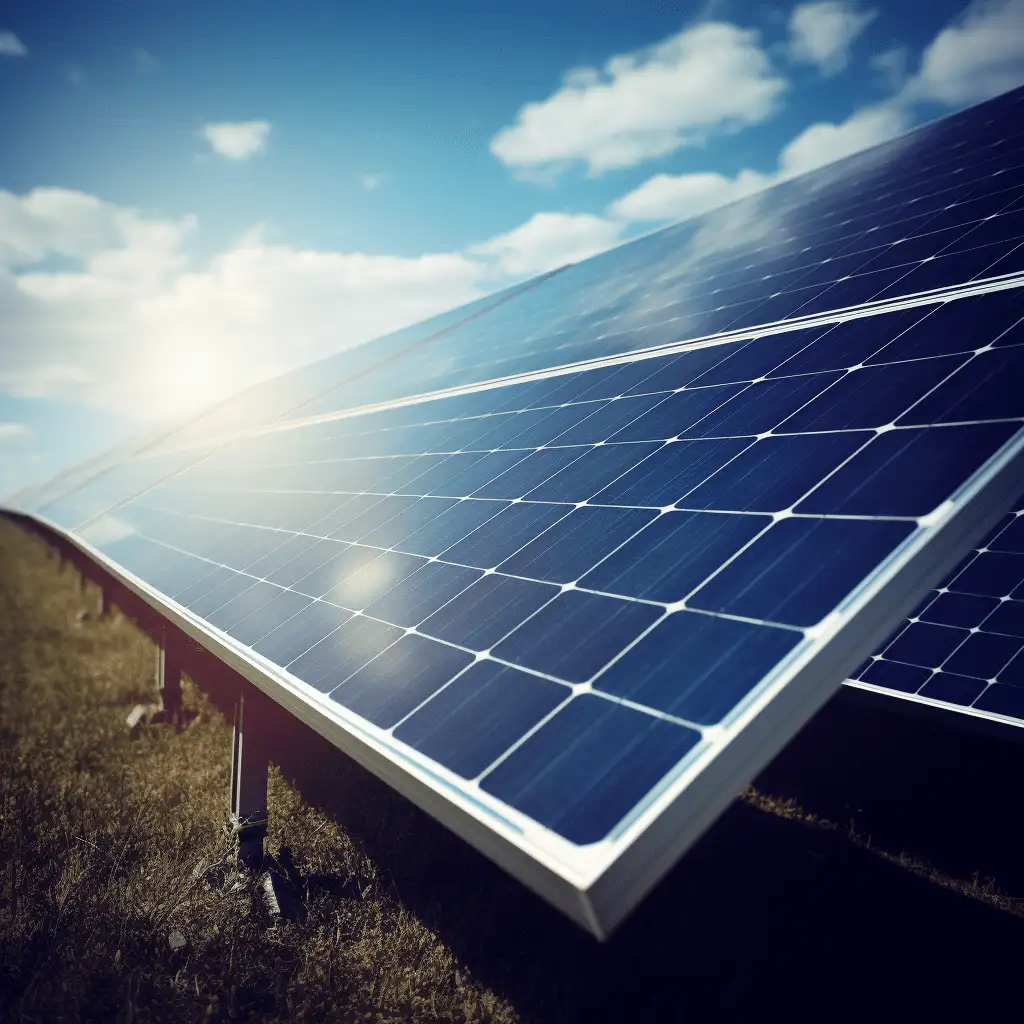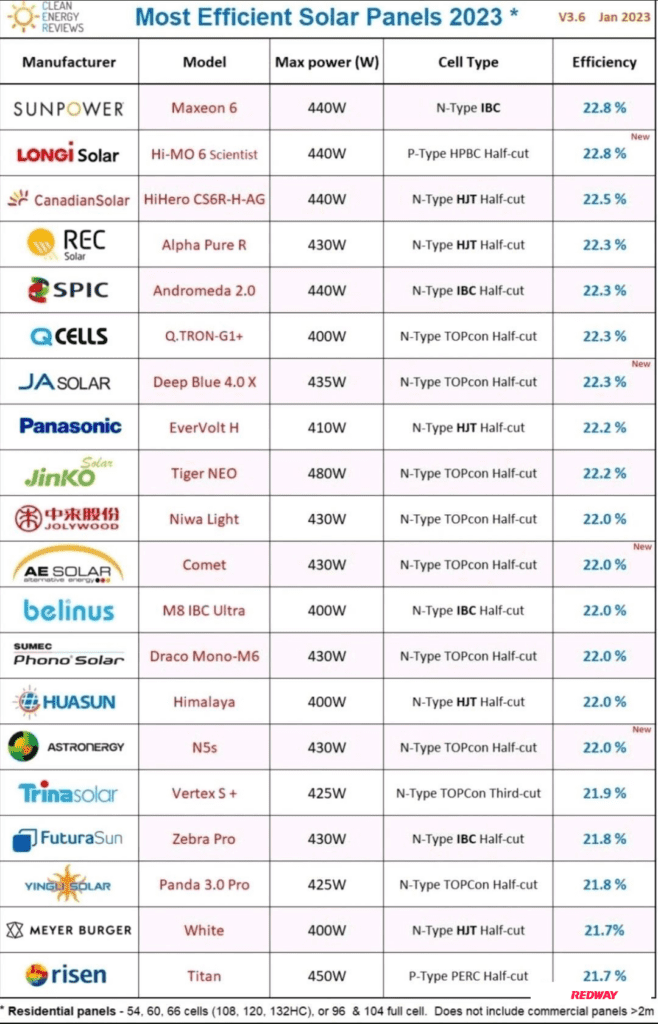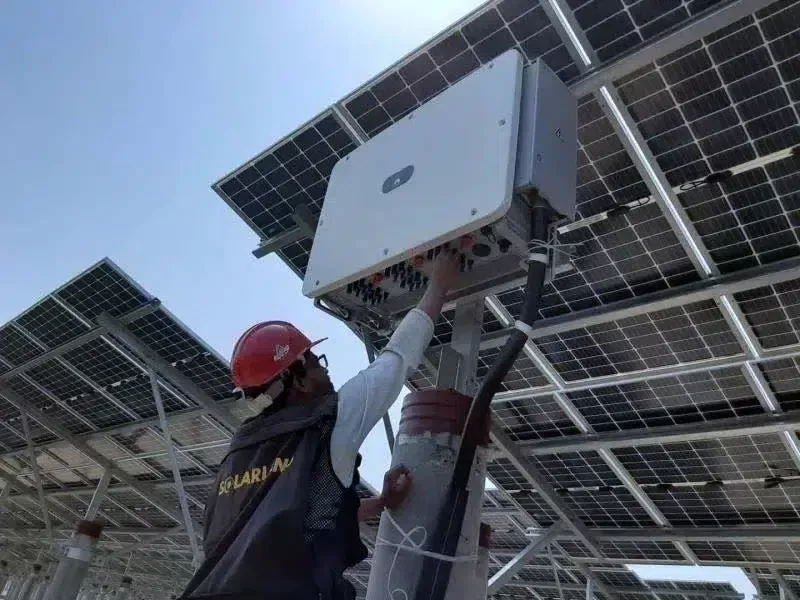Solar panels are made up of multiple solar cells that convert sunlight into electricity. A 100 watt solar panel typically consists of crystalline silicon solar cells arranged in a grid pattern. Understanding the terms like solar panels, watts, and amps is essential in determining the output and capacity of a solar panel.

#post_seo_title
Understanding Watts and Amps:
In ideal conditions, a 100 watt solar panel can produce 100 watts of direct current (DC) power. However, the actual output may vary due to factors like sunlight intensity and panel orientation. The maximum voltage output of a 100 watt solar panel is typically around 18 volts. By dividing the wattage by the voltage, we can calculate the amperage. In this case, a 100 watt solar panel produces about 5.5 amps.
Calculating Amps:
To calculate the amperage output of a solar panel, divide the total wattage by the panel’s maximum voltage (Vmp). This will give you the current output in amps. For example, a 100 watt solar panel divided by an 18 volt Vmp would result in approximately 5.5 amps of current output.
Solar Panel Ratings:
When comparing solar panels, it’s important to consider their efficiency and wattage. Efficiency refers to how effectively a solar panel converts sunlight into electricity. Higher efficiency panels produce more solar energy using less space. The wattage of a solar panel represents its power output under ideal conditions. Both efficiency and wattage play a role in determining the total electricity generation of a solar panel.
Battery Charging Capacity:
A 100 watt solar panel can charge a single 12V 100Ah battery effectively. However, if you plan to use multiple batteries or larger battery packs, you may need to increase the size of your solar array. It’s crucial to ensure that the capacity of your batteries matches the daily energy production of your solar panel system.
Types of Batteries:
Deep-cycle batteries are commonly used in solar systems due to their durability and reliability. Lead-acid batteries are more affordable but should not be discharged below 50% capacity for optimal performance. Lithium-ion batteries, although more expensive, offer higher energy storage capacity and longevity.
Can a 100 Watt Solar Panel Run a TV?
Yes, a 100 watt solar panel can power a TV, specifically LED, LCD, or OLED TVs up to 40 inches in size. The power consumption of modern televisions is much lower compared to older CRT models. However, larger TVs or CRT/Plasma TVs may require more powerful solar panels.
Top 10 Questions and Answers for Practitioners in the Energy Storage or Solar Industry:
1. How many amps does a 100 watt solar panel produce?
Answer: A 100 watt solar panel typically produces around 5.5 amps of current output.
2. Can a 100 watt solar panel charge multiple batteries?
Answer: A 100 watt solar panel can effectively charge a single 12V 100Ah battery. Additional batteries or larger battery packs may require a larger solar array.
3. What are the types of batteries commonly used in solar systems?
Answer: Deep-cycle batteries, such as lead-acid and lithium-ion batteries, are commonly used in solar systems due to their durability and reliability.
4. How does solar panel efficiency affect electricity generation?
Answer: Higher efficiency solar panels produce more solar energy using less space, making them a desirable choice for limited roof space or maximizing output.
5. What is the relationship between watts, amps, and volts in a solar panel?
Answer: Watts represent the power output of a solar panel, which is calculated by multiplying amps and volts. Amps measure the current flow, while volts measure the electrical potential or pressure.
6. Can a 100 watt solar panel power a TV?
Answer: Yes, a 100 watt solar panel can power an LED, LCD, or OLED TV up to 40 inches in size. Older CRT or Plasma TVs may require more powerful panels.
7. How do you calculate the amperage output of a solar panel?
Answer: Divide the total wattage by the panel’s maximum voltage (Vmp) to calculate the amperage output of a solar panel.
8. What is the maximum voltage output of a 100 watt solar panel?
Answer: A 100 watt solar panel typically has a maximum voltage output of around 18 volts.
9. What is the difference between lead-acid and lithium-ion batteries for solar systems?
Answer: Lead-acid batteries are more affordable but should not be discharged below 50% capacity. Lithium-ion batteries offer higher energy storage capacity and longevity.
10. Can a 100 watt solar panel charge a battery bank with multiple batteries?
Answer: While a 100 watt solar panel can quickly recharge a single 12V 100Ah battery, charging a battery bank with multiple or larger batteries may require a larger solar array and more time.




